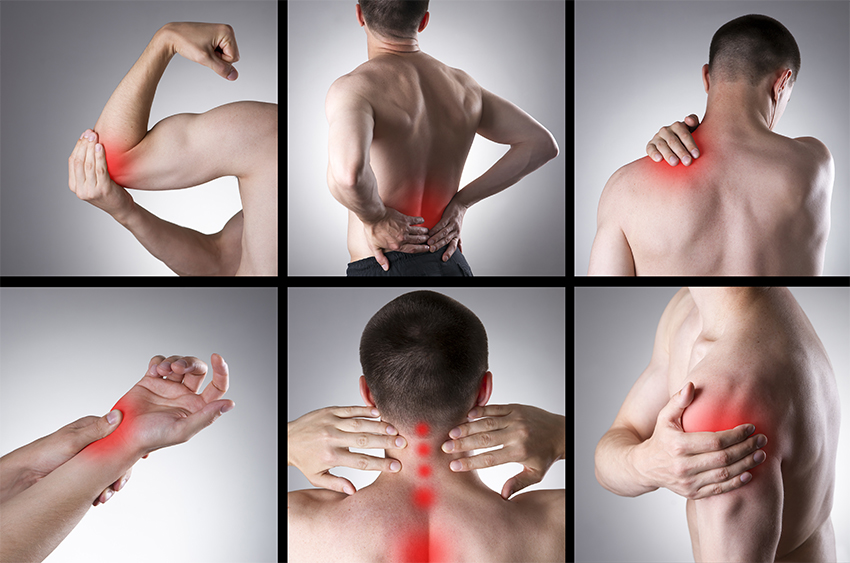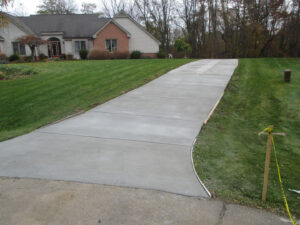How to Relieve Muscle Pain After Vomiting
Experiencing muscle pain after vomiting can be an uncomfortable and distressing situation. Vomiting often leads to muscle strain, especially in the abdominal area, back, and even the neck. This discomfort can make the recovery process feel even longer. If you find yourself in this predicament, it’s essential to address the discomfort effectively. Here are some strategies to help you relieve muscle pain after vomiting.
1. Stay Hydrated
After vomiting, your body loses essential fluids and electrolytes, which can lead to dehydration. Dehydration can exacerbate muscle pain and fatigue, making recovery more challenging. Start by sipping clear fluids like water, herbal tea, or electrolyte solutions. Coconut water and sports drinks can also help replenish lost electrolytes. Staying hydrated helps restore balance in your body and can alleviate some of the muscle discomfort. Aim for small sips rather than large gulps to avoid triggering further nausea.
2. Apply Heat
Using a heating pad or a warm compress on the affected areas can provide immediate relief. Heat increases blood flow and relaxes tense muscles, making it a great option for soothing soreness. You can also take a warm bath to relax your entire body. Ensure the heat is comfortable and not too hot to avoid burns. Applying heat for 15-20 minutes at a time can help alleviate muscle stiffness and pain, especially in the abdomen and back.
3. Gentle Stretching
Engaging in gentle stretching can help relieve tension in your muscles. Focus on the areas that feel tight, such as your abdomen, back, and neck. Simple stretches, like reaching your arms overhead or gently twisting your torso, can improve flexibility and reduce pain. Remember to breathe deeply as you stretch, which can also help you relax. Incorporating yoga or gentle Pilates can be beneficial, as these practices focus on stretching and strengthening the body without overexertion.
4. Rest and Recovery
Your body needs time to recover after vomiting. Ensure you get plenty of rest to allow your muscles to heal. Avoid strenuous activities until you feel better. Listening to your body is key; if you feel fatigued, take a break. Create a comfortable resting environment with soft pillows and blankets. Sometimes, a short nap can do wonders for your recovery. Prioritize sleep, as it is essential for muscle repair and overall health.
5. Over-the-Counter Pain Relief
For more significant muscle pain, consider using over-the-counter pain relief medications. Options like ibuprofen or acetaminophen can help reduce inflammation and alleviate discomfort. These medications are effective for managing pain and can be taken according to the recommended dosages. However, always consult with a healthcare professional before taking any medication, especially if you have pre-existing conditions or are taking other medications.
6. Consider Pain O Soma 500mg
If your muscle pain persists despite trying the above methods, you might want to consider Pain O Soma 500mg. This medication is known for its muscle relaxant properties and can effectively alleviate muscle pain. It works by blocking pain signals from the nerves to the brain, providing relief from discomfort. However, it is crucial to use it under the guidance of a healthcare provider to ensure it’s appropriate for your situation. Discuss your symptoms and any other medications you are taking to avoid potential interactions.
7. Nutrition Matters
Don’t underestimate the power of nutrition in your recovery. Eating light, easily digestible foods, such as bananas, rice, applesauce, and toast (the BRAT diet), can help settle your stomach and provide the necessary nutrients for healing. Incorporate protein-rich foods like yogurt or eggs when you feel ready, as protein aids in muscle repair. Additionally, consider foods rich in magnesium, such as spinach and nuts, which can help relax muscles and reduce cramping.
8. Mindfulness and Relaxation Techniques
Stress and anxiety can exacerbate muscle pain, especially after an uncomfortable experience like vomiting. Incorporating mindfulness practices such as meditation, deep breathing exercises, or gentle yoga can help promote relaxation. Spend a few minutes each day focusing on your breath or practicing visualization techniques to calm your mind and body. Reducing stress can significantly impact your overall recovery and help alleviate muscle tension.
Conclusion
Muscle pain after vomiting can be a bothersome experience, but with the right strategies, you can find relief. Stay hydrated, apply heat, engage in gentle stretching, and allow your body to rest. If the pain continues, consider consulting a healthcare professional about options like Pain O Soma 500mg. Remember, taking care of your body is essential for a quick recovery. By combining these methods, you can ease muscle pain and regain your strength, allowing you to return to your daily activities feeling better than before.













Post Comment